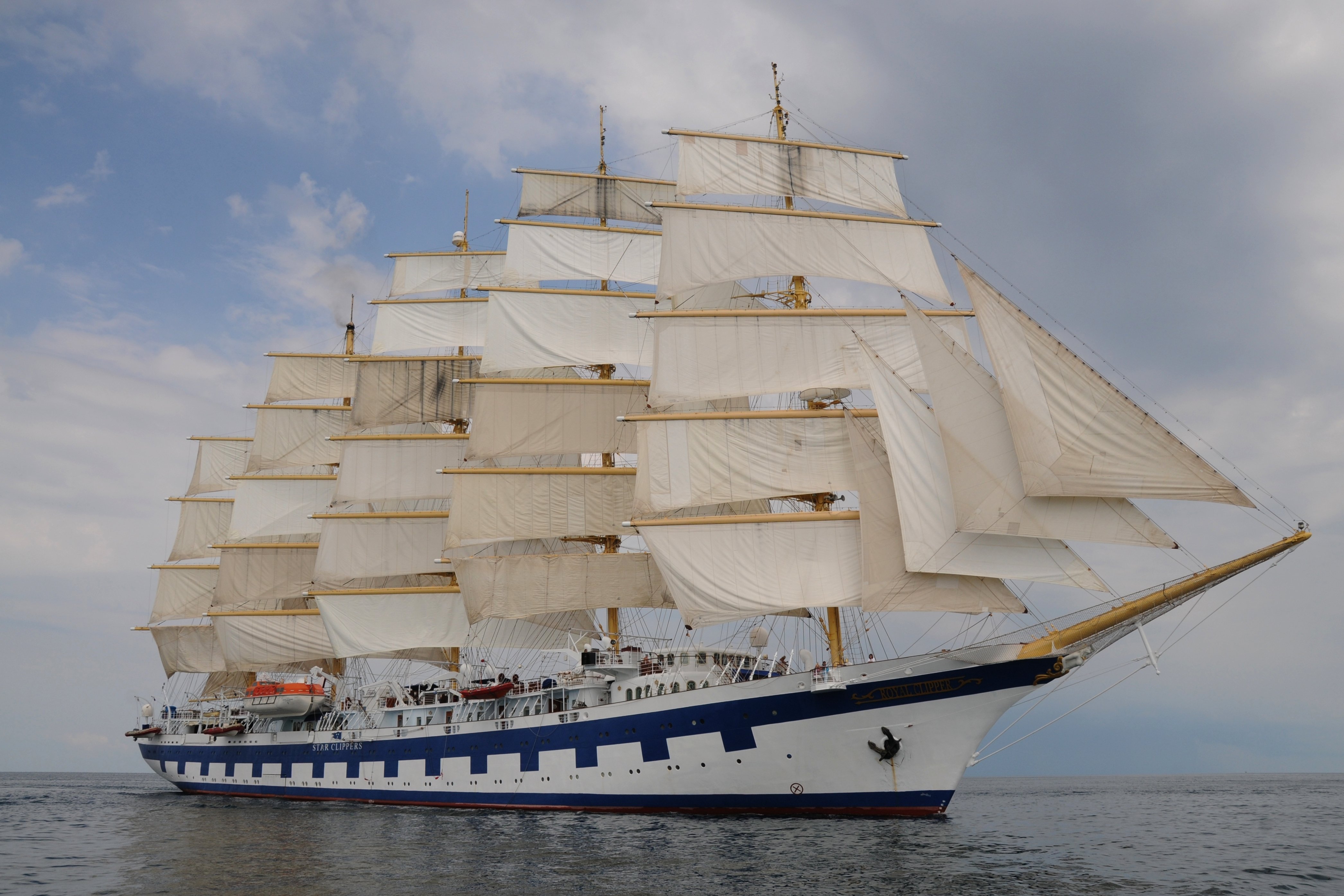

Her length on the keel is 208 feet, on deck 225, and over all, from the knightheads to the taffrail, 235- extreme breadth of beam 41 feet, depth of hold 21½, including 7 feet 8 inches height of between-decks, sea-rise at half-floor 20 inches, rounding of sides 6 inches, and sheer about 3 feet." Flying Cloud is often called an extreme clipper, as are many of Donald McKay's ships, even though her dead rise was only 30 inches. Ī reporter for the Boston Daily Atlas of 25 April 1851 wrote, "If great length, sharpness of ends, with proportionate breadth and depth, conduce to speed, the Flying Cloud must be uncommonly swift, for in all these she is great. While still under construction, she was purchased by Grinnell, Minturn & Co., of New York, for $90,000, which represented a huge profit for Train & Co. She was known for her extremely close race with Hornet in 1853 for having a woman navigator, Eleanor Creesy, wife of Josiah Perkins Creesy who skippered Flying Cloud on two record-setting voyages from New York to San Francisco and for sailing in the Australia and timber trades.įlying Cloud was built in East Boston, Massachusetts, and intended for Enoch Train of Boston, who paid $50,000 for her construction. The ship held this record for over 130 years, from 1854 to 1989.įlying Cloud was the most famous of the clippers built by Donald McKay. US and UK measurements differ as measuring systems had slightly different rules.įlying Cloud was a clipper ship that set the world's sailing record for the fastest passage between New York and San Francisco, 89 days 8 hours. Went aground, Beacon Island Bar, Saint John, New Brunswick, 1874 burned for iron and copper fastenings Harry Smith Edwards, South Shields, England James Baines & Co., Black Ball Line, Liverpool Buttersworthĭonald McKay of East Boston, Massachusetts During this era, too, important discoveries were made in regard to the laws governing the winds and currents of the ocean and this knowledge, together with improvements in model and rig, enabled sailing ships to reduce by forty days the average time formerly required for the outward and homeward voyage from England and America to Australia."ĭuring the golden era of the clipper, the stately, frigate-built Dutch East-Indiaman, with her batteries of guns and the hammocks stowed in nettings, disappear, and her place was taken by the swift British, American, and Australian clippers, which in their turn, after a long and gallant contest, at last vanished before the advancing power of steam.The Clipper Ship "Flying Cloud" off the Needles, Isle of Wight 1859–1860, by James E. Nearly all the clipper ships made records which were not equalled by the steamships of their day and more than a quarter of a century elapsed, devoted to discovery and invention in perfecting the marine engine and boiler, before the best clipper ship records for speed were broken by steam vessels. "This era witnessed the highest development of the wooden sailing ship in construction, speed, and beauty. They stand between the centuries during which man navigated the sea with sail and oar-a slave to unknown winds and currents, helpless alike in calm and in storm-and the successful introduction of steam navigation, by which man has obtained mastery upon the ocean. These memorable years form one of the most important and interesting periods of maritime history. It began to first began to wane in 1857 with the financial panic in the United States, and then began to end with screw driven steamships and the opening Suez Canal in 1869. The "golden age" for the Clipper Ship began in 1843 as a result of the growing demand for a more rapid delivery of tea to Britain and the United States from China, and with the discovery of gold in California and Australia in 18.


 0 kommentar(er)
0 kommentar(er)
